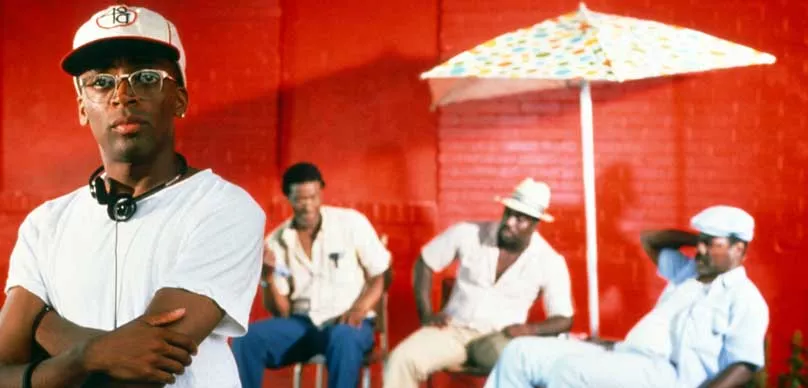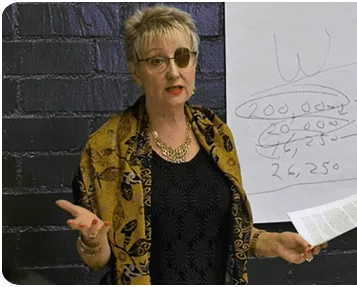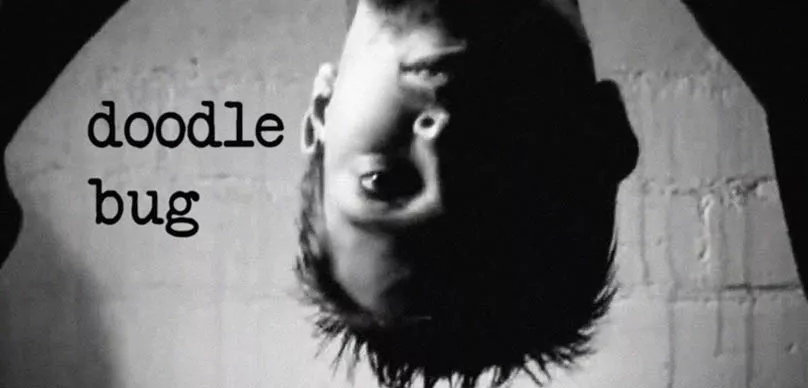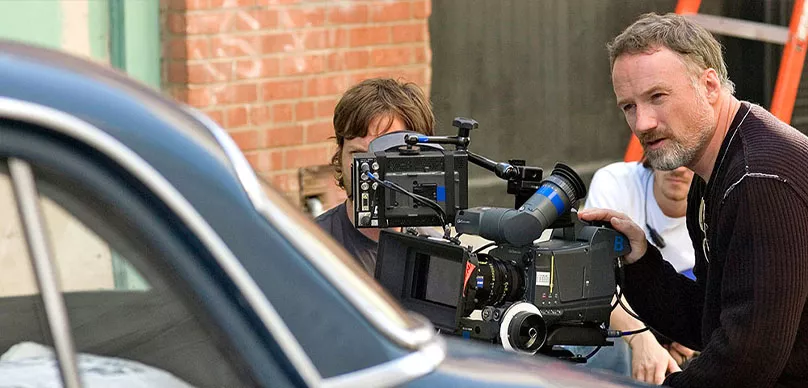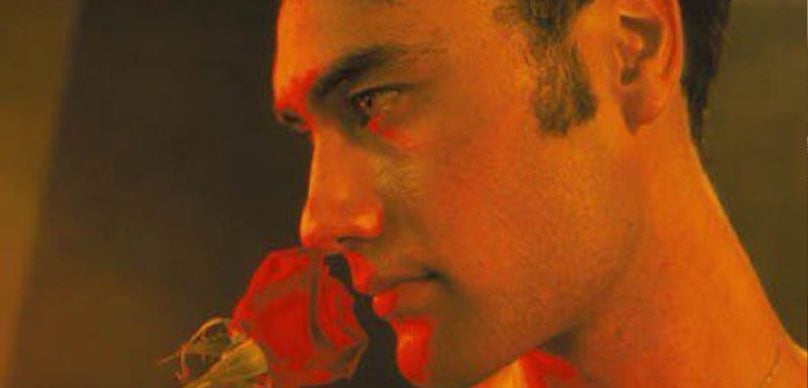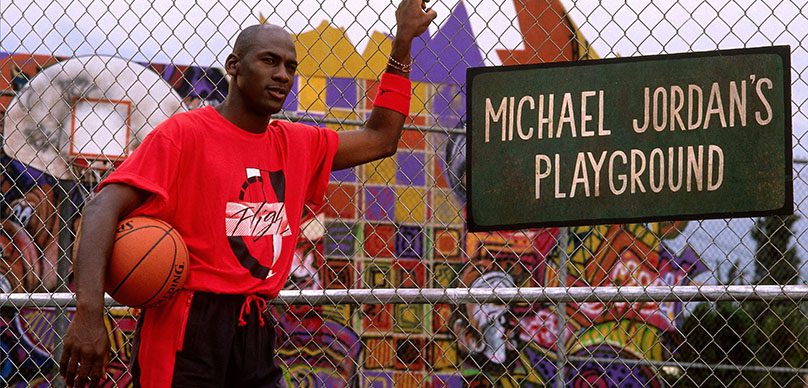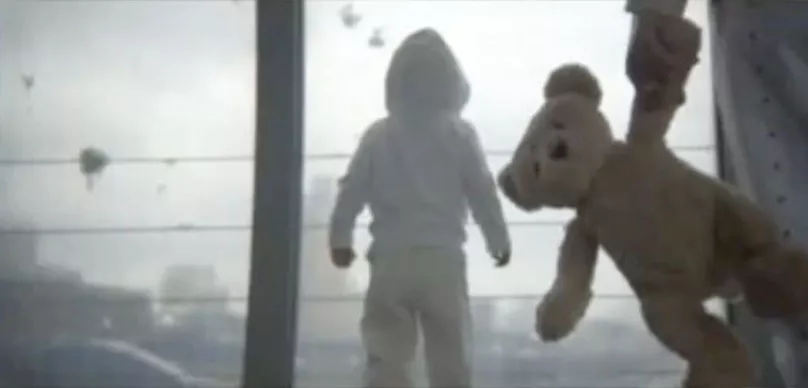Decades before Black Lives Matter existed there was another movement, which was heavily influenced by the Civil Rights Movement and the L.A. Watts Riots.
The period between 1967-1991 served as a reaction against the 1970’s blaxploitation movies and helped usher in the work of John Singleton, The Hughes Brothers, Robert Townsend and Spike Lee, and the movement as a whole seemed to be determined to depict the black experience in a realistic light.
The UCLA Film school of the late 1960s created a slew of incredible, visionary, powerful African-American filmmakers who would be later known as the LA Rebellion and also the “Los Angeles School of Black Filmmakers”. Their filmmaking style was much more artistic and was rooted in Latin American Films and Italian neorealism.
The Music
Music played an integral role in the films of the time and would experiment with combining classical, jazz, and urban music. Burnett’s Killer of Sheep (1977) mixed music from the likes of Rachmaninov, Etta James, and Earth, Wind, and Fire. Other movies incorporated the music of legendary musicians such as Charlie Parker and John Coltrane. Below are some influential directors from the film movement.
Charles Burnett
Perhaps the most prolific director of the time was Charles Burnett, whom the New York Times hailed as “the nation’s least-known filmmaker and most gifted black director.“
Burnett, who was born in Mississippi, and then moved to Watts and started to go down the path of being an electrician at LA City College, but ultimately found himself at UCLA’S film school. From there, he collaborated with his peers on their films as a writer, crew member, and cinematographer.
Killer of Sheep, which was Burnett’s thesis film, with a budget of $10,000, centered around life in blue-collar Watts suburbs, has also written and produced short films and documentaries, has directed many TV movies, and has won numerous awards, including the Freedom In Film award.
Billy Woodberry
Billy Woodberry, born in Dallas, Texas, who moved to Los Angeles to be a part of the UCLA film program, is considered to be one of the pre-eminent directors of the LA Rebellion. His early efforts include his UCLA student films The Pocketbook (1980) and Bless Their Little Hearts (1984).
His short film The Pocketbook, adapted from Langston Hughes’ short story, “Thank You, Ma’am,” centers around an abandoned child who must re-evaluate his life after a botched robbery. He went on to appear in one Charles Burnett’s films as well as provided narration for his own later works.
Julie Dash
Julie Dash, born in Queens, New York, was the first female African-American director whose work received a national theatrical release.
She was raised in the Housing Project in Long Island City, Queens. After graduating from CCNY, she moved to Los Angeles and studied at AFI under directors such as William Friedkin before doing her graduate school work at UCLA.
She has done extensive work in television, and in 2019, announced that she will be directing the Angela Davis biopic through Lionsgate Pictures.
LA Rebellion Filmography
Other films of the LA Rebellion Movement included:
Emma Mae (1974)
Directed by Jamaa Fanaka and also known as Black Sister’s Revenge, finds its lead character robbing a bank to secure bail money for her potential boyfriend, and was released by International Pictures.
Harvest: 3,000 Years (1976)
Passing Through (1977), directed by Larry Clark, starring Nathaniel Taylor with a supporting role from The Jefferson’s Marla Gibbs, and with a budget of $13,000, centers around a Jazz musician joins a revolution after being released from prison.
Bush Mama (1979)
Penitentiary (1979), directed by Jamaa Fanaka, and starring the iconic Leon Isaac Kennedy, centers around the all-too-familiar issue of wrongly imprisoned black youth; the protagonist finds himself in an illegal underground boxing tournament and is forced to fight his way to freedom.
The film also spawned two sequels.
Your Children Come Back to You (1979)
A single mother ekes out a living from welfare check to welfare check, struggling to provide for her daughter. She is faced with the decision to look after her personally or to allow her sister-in-law to provide “more than enough” to go around. Director Alile Sharon Larkin’s film masterfully presents a child’s perspective on wealth and social inequality.
Ashes and Embers (1982)
ASHES AND EMBERS tell the story of an African-American Vietnam vet wrestling with a turbulent past and a chaotic political climate to make a future for himself. Haile Gerima’s rarely seen cinematic achievement ASHES AND EMBERS, winner of the FIPRESSCI Prize at the Berlin International Film Festival.
Illusions (1982)
The time is 1942, a year after Pearl Harbor; the place is National Studios, a fictitious Hollywood motion picture studio. Mignon Duprée, a Black woman studio executive who appears to be white and Ester Jeeter, an African American woman who is the singing voice for a white Hollywood star is forced to come to grips with a society that perpetuates false images as status quo.
This highly-acclaimed drama by one of the leading African American women directors follows Mignon’s dilemma, Ester’s struggle, and the use of cinema in wartime Hollywood: three illusions in conflict with reality. Directed by Julie Dash.
Bless Their Little Hearts (1984)
Billy Woodberry’s UCLA thesis film, which cemented his status as a key player in the LA Rebellion, and was written by Charles Burnett, about a man struggling with joblessness while struggling to keep his family intact.
She’s Gotta Have It (1986)
Spike Lee’s breakthrough feature is a provocative portrayal of an independent 80’s woman struggling to maintain her identity while the men around her strive to control and define her.
School Daze (1987)
Directed by Spike Lee. An off-beat musical comedy that takes an unforgettable look at black college life. Amidst gala coronations, football, fraternities, parades, and parties these characters find themselves caught up in romance and relationships, rituals and rivalries during one outrageous homecoming weekend.
Do the Right Thing (1989)
Directed by visionary filmmaker Spike Lee and featuring a stellar ensemble cast that includes Danny Aiello, Ossie Davis, Ruby Dee, Samuel L. Jackson, Rosie Perez, and John Turturro, DO THE RIGHT THING is one of the most thought-provoking and groundbreaking films of the last 30 years.
Hollywood Shuffle (1987)
Directed by Robert Townsend and starring Robert Townsend, Robert Townsend, Robert Townsend, Robert Townsend, Robert Townsend. An actor limited to stereotypical roles because of his ethnicity, dreams of making it big as a highly respected performer. As he makes his rounds, the film takes a satiric look at African American actors in Hollywood.
Boyz in the Hood (1990)
John Singleton made his debut with this gritty coming-of-age story that earned him Academy Award® nominations for Best Director and Best Screenplay. Young Tre Styles (Cuba Gooding, Jr.) has been sent by his mother to live with his father, Furious Styles (Laurence Fishburne). Their South Central Los Angeles neighborhood is beset by gang violence and drugs, but Furious managed to avoid their ill effects and is determined to keep his son out of trouble.
He can’t, however, protect Tre from the influence of other forces, including his friends, Doughboy (Ice Cube, in his acting debut), who’s drifting into drugs and run-ins with the law, and Doughboy’s brother, Ricky (Morris Chestnut), a high school football star and teenage father. When a chance encounter leads to gunfire and tragedy, Tre must decide whether to accompany Doughboy on a dangerous mission of revenge.
To Sleep with Anger (1990)
Directed by Charles Burnett and starring Danny Glover, Carl Lumbly, Vonettta McGee and Sheryl Lee Ralph, was hailed as a masterpiece by some reviewers; others like Roger Ebert said it was too long, but it nevertheless won Four Independent Spirit awards and the Special Jury Prize at the Sundance Film Festival.
Daughters of the Dust (1991)
Directed by Julie Dash, who was the first feature film directed by an African-American, and was about three generations of Gullah women, was part of the 1991 Sundance Film Festival’s dramatic competition and was the first movie by an African-American woman to receive a national theatrical release.
Sankofa (1993)
Menace II Society (1993)
Directed by The Hughes Brothers (Albert Hughes & Allen Hughes). In an unflinching look at the mean streets of the contemporary urban American ghetto, a Black youth–despite his dreams for a better life–ultimately succumbs to the cycle of violence that pervades his community.
The Glass Shield (1994)
Directed by Charles Burnett was a crime drama about two officers who discover a conspiracy surrounding the arrest of a black man, played by Ice Cube. The film also starred Michael Boatman and Lori Petty and featured Bernie Casey and Elliott Gould, distributed by Miramax Films, grossed $3.3 million at the box office.
Adwa (1999)
A documentary directed by Ethiopian Director Halle Gerima tracked the Battle of Adowa.
Compensation (2000)
Directed by Marc Arthur Chéry, a period piece depicting a multiracial couple at the beginning and the end of the twentieth century, had its premiere at the Sundance Film Festival.

